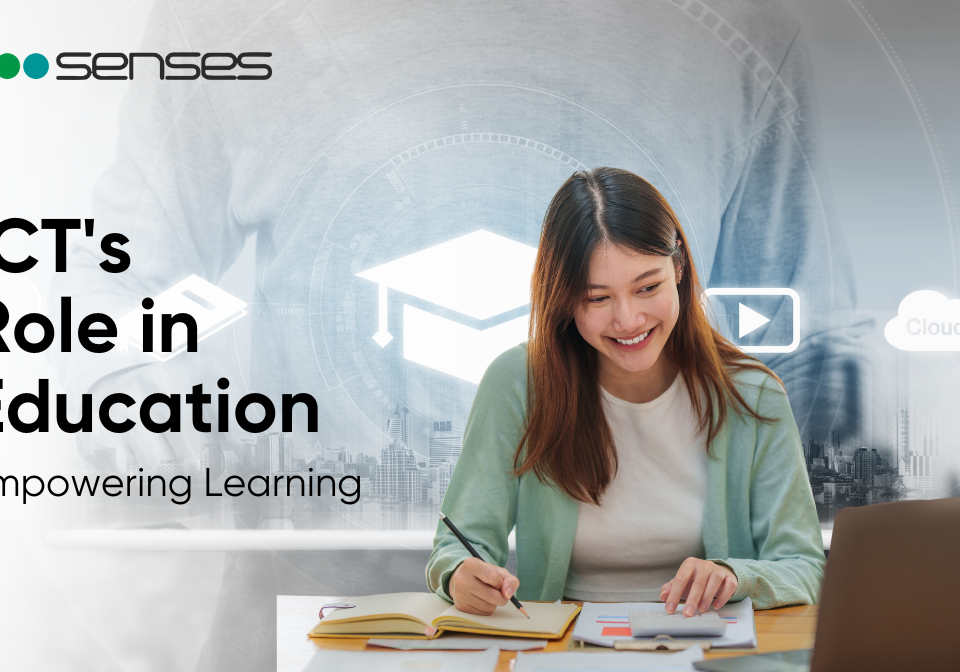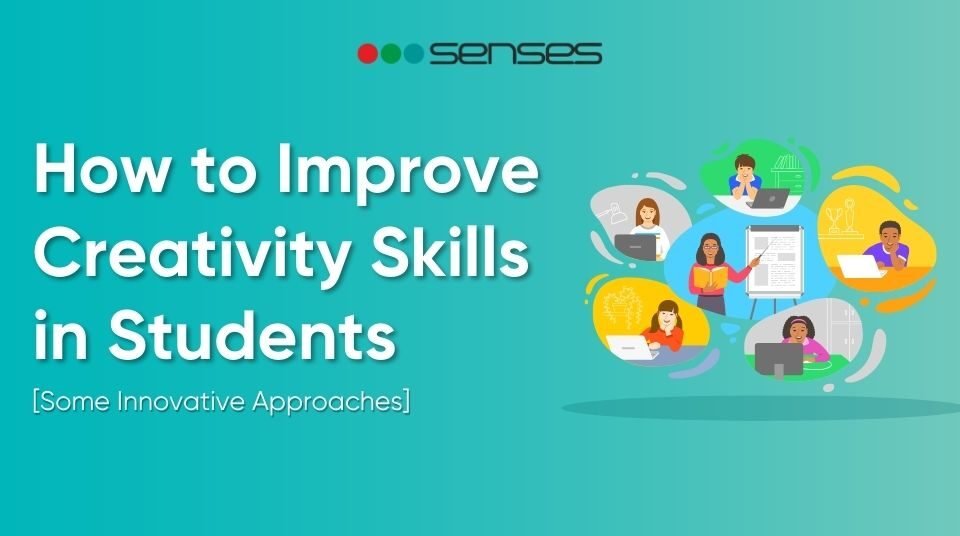The Importance of Physical Education in Shaping a Healthy and Balanced Student Life

Many doctors and experts stress the practical benefits of regular physical exercise on our mental health. It not only helps us maintain mental well-being but also enhances our performance in all aspects of life.
A study published in one of the reputed medical journals, The Lancet Psychiatry, shows that people who daily engage in physical activity have significantly less chances of mental health issues.
As a teacher, if you are not focusing on the physical education of your students, then this article is especially for you. This article will highlight the importance of physical education in students’ lives.
By the end of this article, you will learn about the benefits of physical education, its role in emotional intelligence, challenges, and technology’s role in implementing physical education.
Understanding Physical and Health Education: A Path to Holistic Well-being
Physical/Health Education is an academic discipline focused on developing physical fitness, healthy living habits, and overall well-being. It combines physical activity with education on health-related topics to promote individuals’ physical, mental, and social development.
Physical Education is one of the most essential parts of Education, and even the new educational mode – 5+3+3+4, introduced under NEP 2020 made physical Education mandatory.
5 Key Benefits of Physical and Health Education for a Healthier Life
There are various advantages of offering health education to students; some significant benefits are discussed below.
1. Enhances Physical Fitness: Building Strength & Endurance
The primary and most evident benefit of physical education is physical fitness. It helps students understand their current physical state and guides them towards improved fitness.
Regular physical activities like swimming, running, or playing sports play a crucial role in preventing lifestyle-related diseases.
This underscores the importance of physical education in promoting a healthy lifestyle and disease prevention, making the audience more aware of its significance.
2. Boosts Mental Well-being: How Physical Activity Supports Cognitive Health
As discussed above, many doctors and experts opined that physical fitness is the way towards mental well-being. The mental state of students must be stable and healthy for better academic performance.
Without helping your student attain mental stability, you won’t be able to get your desired educational outcomes from students. Regular physical exercise minimizes the stress and anxiety of students.
Mental well-being automatically boosts their self-esteem and helps them to focus on their studies.
3. Develops Social Skills: Fostering Teamwork & Communication
In today’s highly competitive world, social skills are not just important, they are essential for success. Physical education and activities play a significant role in helping students develop crucial social skills such as teamwork, communication, leadership, and people management.
As a teacher, you can foster these skills by encouraging your students to engage in regular physical activities, such as playing a sport. This not only enhances their social skills but also boosts their confidence and teaches them the value of respect and empathy.
4. Nurture Emotional Intelligence: Managing Emotions for Better Relationships & Resilience
You might have experienced managing your emotions as one of the most challenging tasks ever. We can’t easily manage our anger, and this is the case for most of us. But you can’t let this happen with your students.
Health education not only fulfills physical growth but also helps in emotional management. Physical activities teach students to cope with both victory and defeat. It teaches them how to stay calm in difficult times. It teaches them to wait for the perfect moment to kick off their crucial move.
In short, physical education not only helps students to become physically fit but also helps them become wise and self-aware citizens of society, which is character development.
5. Improves Academic Performance: The Positive Link Between Physical Fitness and Learning Outcomes
Contrary to the thinking that PE overshadows academic learning, research in this regard shows the opposite. A child engaged in physical activities usually concentrates well and has better classroom behavior.
The general cognitive benefits of exercise give a child improved memory and problem-solving skills, thereby improving academic performance.
When the school includes physical education in its everyday routine, it helps the children grow in the body and brain.
Role of Physical Education in Shaping Future Lifestyles
You should remember that whatever habits or lessons students pick up from their physical education classes do not just stay off the playground – they stick with them for the rest of their lives.
If kids regularly jog around the track, shoot hoops on the playground, or simply stretch in PE class, they’ll probably continue doing that in adulthood.
After all, if you learned to like running in the mornings or playing on a team at school, there’s a good chance you’re still exercising today.
Physical education classes are not just about keeping students fit. They play a crucial role in preventing health issues.
By incorporating health education into the curriculum, educators and policymakers can empower students to fight against major health problems such as diabetes and high blood pressure, even before they arise.
This proactive approach sets the stage for a healthy future, teaching students that taking care of their bodies is as important as reading books.
Challenges in Implementing Physical Education Programs
Providing quality physical education to students is a challenging task, but one that can be overcome. By understanding the major problems and realizing the potential of technology, we can effectively provide physical education to students, paving the way for a brighter future.
Here is a list of some of the common and major problems you will most likely face.
1. Lack of Resources
One of the most pressing issues in providing PE is the impact of limited resources. Many schools struggle with inadequate equipment, sports facilities, and a shortage of trained physical education teachers.
This lack of resources can lead to poorly structured and infrequent PE classes, which in turn, negatively impacts students’ physical education.
2. Academic Pressure
There will be pressure to meet academic benchmarks, so PE classes will be cut or reduced. Such a narrow focus can bypass indirect contributions that physical education can make toward academic success by making students more focused and less stressed.
3. Inadequate Awareness
Parents and teachers are unaware of how PE supports students’ intellectual and emotional development. Therefore, such understanding usually leads parents or teachers to consider PE less critical than a leading educational activity. They might force you to reduce PE sessions and focus on core subjects.
Apart from these challenges you can face other problems as well, which includes –
- Inconsistent support from administration
- Safety concerns during activities
- Cultural and societal barriers
- Inadequate assessment and feedback systems
- Lack of awareness about the benefits
Incorporating Technology into Physical Education
Technology can play a very big role in effectively providing physical education to students. You will experience numerous benefits of using technology in education. There are so many new digital tools that have arrived in the market which are specially designed for physical fitness.
These devices include smart watches which accurates track heartbeats, blood pressure and collects other essential data.
Apart from smart watchers there are also fitness apps and virtual exercise programs that will help your students in physical activities.
You can also use AI-powered Intelligent Interactive Panel such as SENSES Edge for your PE sessions as well as your other teaching practices. It will be your one time investment for daily profits and returns.
Enhancing Physical Education with SENSES Smart Whiteboard
SENSES stands out as a leading manufacturer and seller of Smartboard/ Intelligent Interactive Panel. Our SENSES smart boards are not just highly featured rich, but also powered by the latest AI model. What sets us apart is our dual operating system, Android & Windows, providing a unique user experience.
Some of its key features include –
- 4K Ultra HD Display
- Cloud Storage Facility
- 50,000 hours life cycle
- Text/shape recognition
- Multi-language translation
- Quick Search
- 3D shape Integration
- Anti-glare display
- Toughened Glass Solution
A growing community of 8,000+ educators and 70,000+ schools have implemented the SENSES Electronic Panel, fostering innovative education solutions.
Ready to experience the power and features of SENSES for yourself?
Don’t wait; Schedule a DEMO NOW and see the difference it can make in your classroom.
We will bring the SENSES panel to your place to show its magic.
You can also watch our YouTube video here.
So, what are you waiting for? Integrate SENSES into your daily teaching practices and elevate the learning experience.
Conclusion
Physical education sessions are a lot more than a break; they are vital to their growth. From improving your students’ health to enhancing academic performance and building an impressive personality, health education equips students with tools for a balanced life.
However, consistent implementation demands resources and commitments. Modern technology like SENSES will help you in providing physical education to students. Schools must recognize the value of physical education and take steps to make it a priority.
Frequently Asked Questions (FAQs)
What is the main aim of physical education?
The main objective of providing physical education is to develop endurance, strength, speed, flexibility, agility, and mental toughness in students for better development.
Why is physical fitness necessary in life?
Physical fitness is vital for maintaining overall health, improving mental well-being, boosting energy levels, and reducing the risk of chronic diseases. It enhances mobility, strengthens muscles, supports heart health, and promotes better sleep, improving quality of life.
Who is the father of physical education?
Friedrich Ludwig Jahn is the father of modern physical education. He started the first gymnastics school for children in western Europe. He believed that physical education is essential for the overall development of children.



